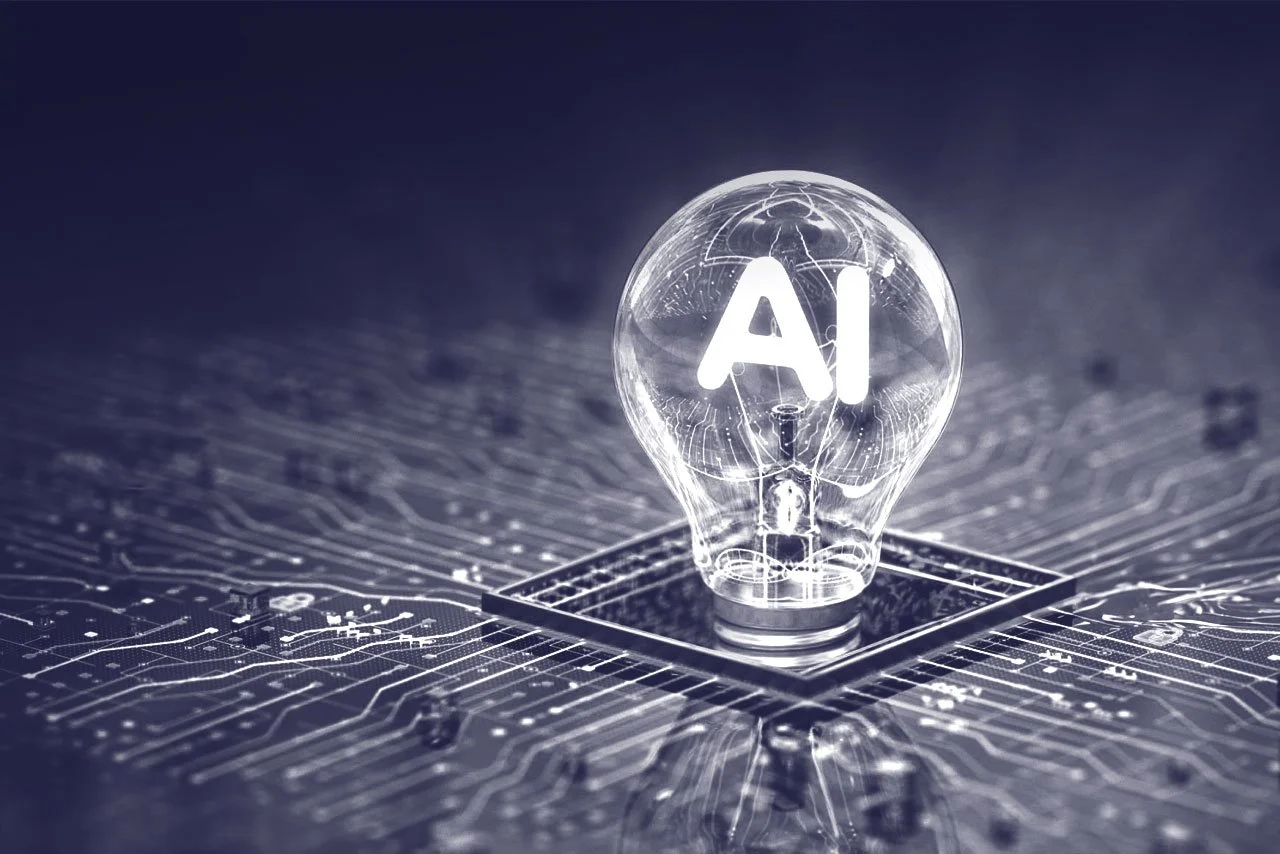AI @ Rippl: Building an Operating System for Dementia Care
By Josh Ettwein
VP of Engineering & Security Officer
Introduction
Healthcare has spent years treating technology like an app store. Every new challenge has triggered another app, another tool, another login. We kept “adding icons” and hoping everything would feel connected. It never did.
Dementia care makes this especially clear. Families navigate long, stressful journeys with too many handoffs. Clinicians and navigators do essential work, then lose hours to documentation, benefit searches, and logistics. More apps only make the maze larger and more complex.
What we need is not another tool. We need an operating system.
An operating system sits underneath every workflow. It coordinates people, data, and time. It remembers, schedules, secures, and translates. Modern large language models finally make this realistic. Used well, they provide a control layer for care, not just a nicer user interface.
Human led, AI powered
Rippl’s care model is centered on human connection. Navigators build trust, guide families, and show up in the hardest moments. AI should protect those human hours.
Our operating system takes on the rote, repeatable work. It listens to calls and messages, lifts out the important details, drafts documentation, proposes next steps, and stays available across languages and channels. The result is straightforward. Humans spend more time where judgment and empathy matter, and machine time handles the rest.
Strategic assumptions
At Rippl, three beliefs guide our approach.
AI already outperforms people at repetitive information and communication tasks.
Frontier models are improving and costs are falling with no sign of slowing.
No company will win through model technology alone. Speed, cost structure, and adoption will define the leaders.
Our job is to work with the model curve, not resist it. That requires patience about where the frontier is and urgency about adopting what is already reliable. We ship proven components into production and let them grow as the platforms advance beside us. AI-assisted engineering reshapes the buy-versus-build decision, so we invest in lean and durable layers that sit on top of the models, and avoid custom complexity that will not survive the next model release.
The Rippl operating system
Our OS mirrors the structure of any modern operating system.
Kernel: An always-on reasoning layer that maintains live context for every patient and their family. It brings together structured data, notes, transcripts, and messages, and uses verified information to act safely.
Scheduler: A system that generates next best actions, assigns them, and ensures nothing is forgotten.
Memory: Preferences, cultural cues, caregiver patterns, and risk signals that allow us to personalize outreach and timing.
Drivers: Standardized connections for transcription, translation, telephony, messaging, and video that allow vendor changes without disruption.
Security: Transparent logs, auditable actions, and explicit permissions that meet the highest expectations in healthcare.
What we’re building, phase by phase
Phase I: Core services
We begin with high confidence capabilities.
Accurate matching of patients and caregivers to dementia resources and benefits.
Drafting care plans and highlighting gaps.
Encounter documentation distilled from transcripts and messages.
An assistant navigator that handles common questions and routes the rest to humans.
These reduce cost and increase consistency. They also create the clean data environment needed for the next phase.
Phase II: Agentic workflows
The OS evolves from a set of utilities to a coordinator.
Supervisors that score and explain workflow quality.
Patient interaction agents for reminders, consents, and follow-ups.
Scheduling agents that negotiate appointments.
Conversational agents that collect non-clinical data.
Agents only thrive when the underlying services are stable, so we build in this order.
Phase III: Safe autonomy
Autonomy only applies where tasks can run with clear boundaries, low risk, and full auditability. Early candidates include multichannel engagement and onboarding, continuous care navigation with human oversight, and portfolio level supervision that highlights where leadership attention can make the biggest difference. Autonomy grows only when safety and transparency grow with it.
Adoption is the real work
Technology is the simple part. Adoption determines success.
Inside Rippl, we design tools that feel native and predictable. Training uses real examples. Pilots set baselines. Incentives reward use of the system rather than working around it.
With partners, we use standard protocols, ingest whatever data they can provide, and return clean documentation.
With regulators, we assume scrutiny. Every automated action is logged. Prompts, model versions, guardrails, and escalation rules are documented. Transparency accelerates trust.
Why this path matters
As model access becomes universal, the differentiator will not be the models themselves. It will be how much of your company operates as software. The Rippl operating system compounds over time. The kernel grows smarter. The scheduler learns what drives outcomes. Memory deepens. Security strengthens. Drivers stay flexible.
Our goal is simple. Make dementia care more human by making the hard parts easier. We are building an operating system for dementia care that protects the human relationship and scales it for every family who needs us.

